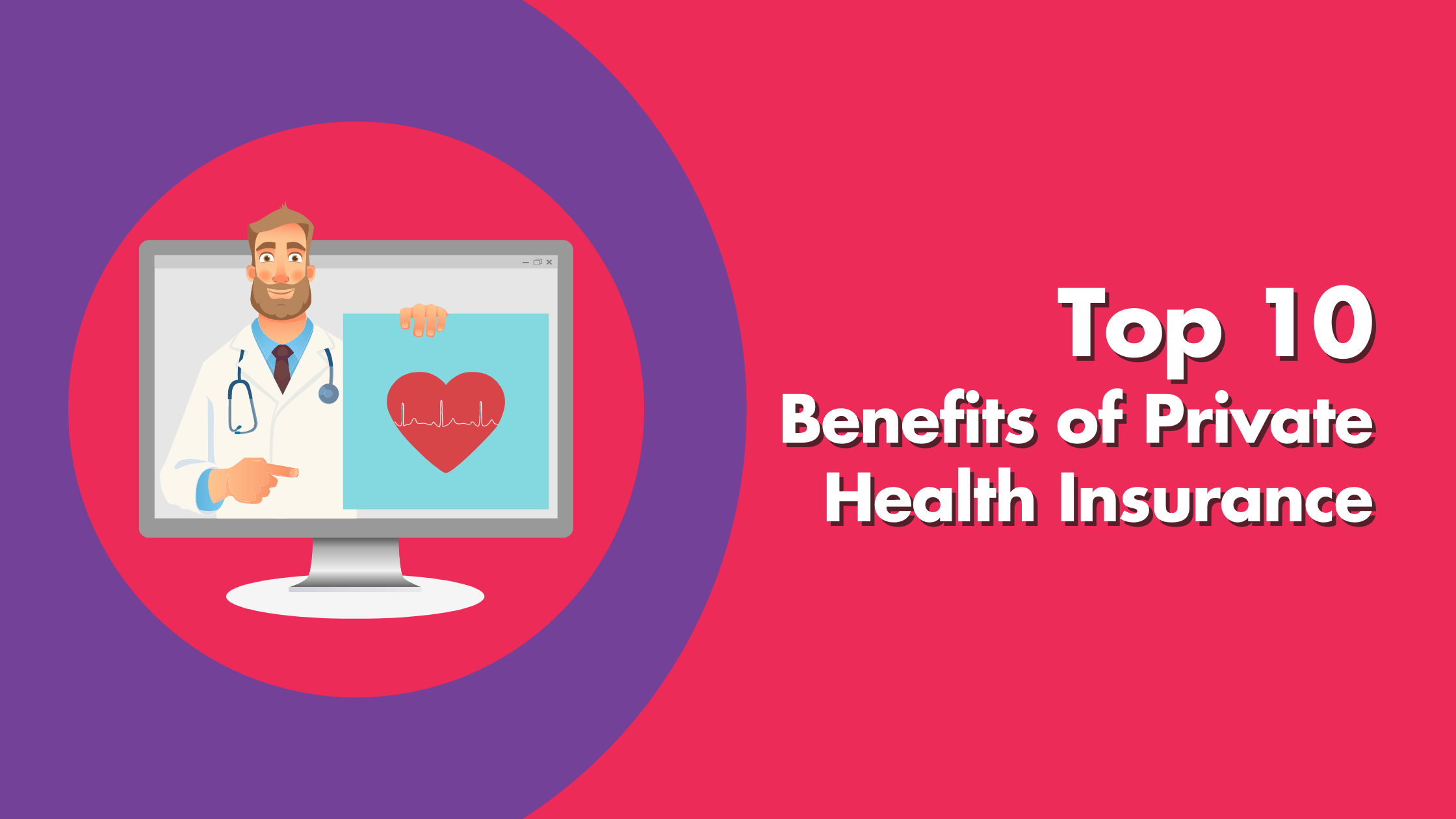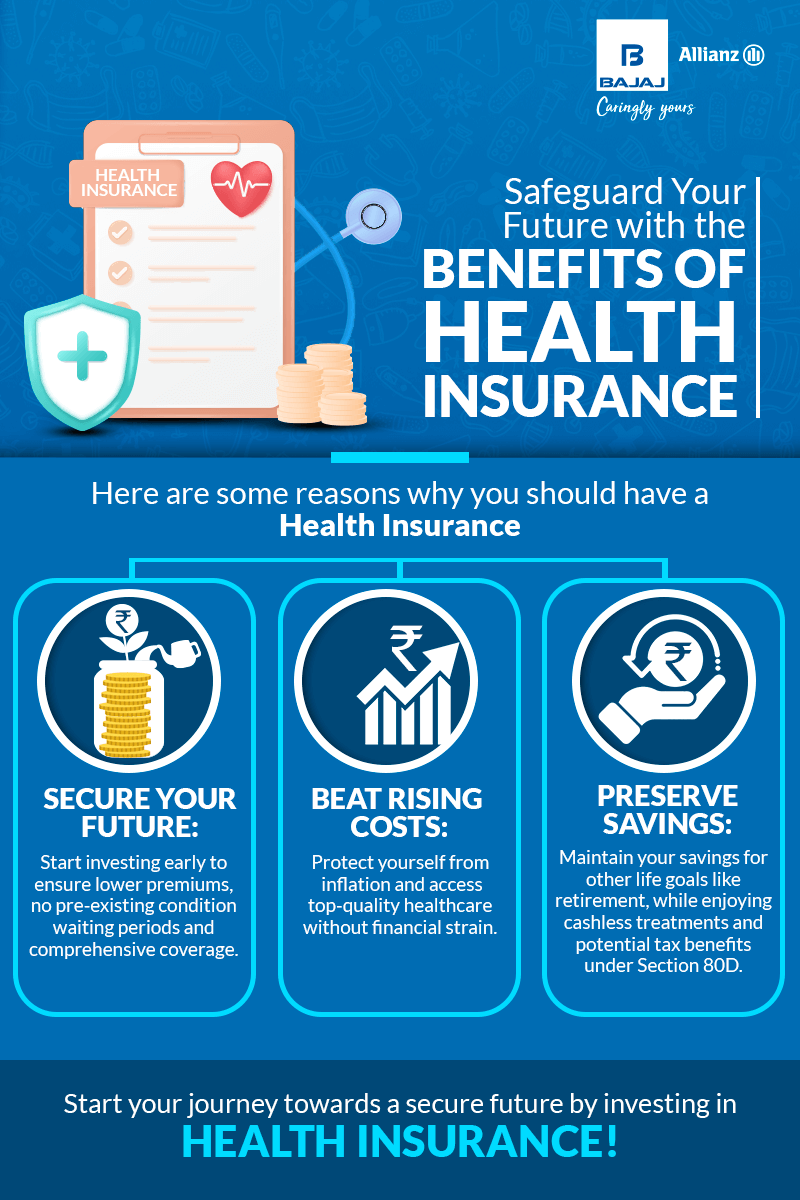Unknown Facts About Medicare Advantage Agent
Unknown Facts About Medicare Advantage Agent
Blog Article
The Main Principles Of Medicare Advantage Agent
Table of ContentsThe 10-Second Trick For Medicare Advantage AgentUnknown Facts About Medicare Advantage AgentA Biased View of Medicare Advantage Agent

follows from confusing the fairly young age account of the uninsured with the far better health, on average, of more youthful persons. This obscures the link between health and wellness status and health insurance coverage. For those without access to work environment health and wellness insurance coverage, bad wellness is a prospective barrier to buying nongroup protection because such coverage might be highly priced, omit pre-existing conditions, or be just inaccessible. The variety of without insurance Americans is not specifically large and has actually not changed over the last few years. Seven out of ten participants in an across the country representative survey thought that less Americans did not have medical insurance than actually do(Fronstin, 1998). Approximately half(47 percent )thought that the variety of individuals without medical insurance reduced or stayed continuous over the last half of the last years(Blendon et al., 1999). This decrease of almost 2 million in the number of people 'without insurance (a decrease
of around 4 percent)is absolutely a favorable adjustment. With a softer economy in 2000 the most up to date reported gains in insurance policy protection might not proceed(Fronstin, 2001 ). The decrease in the variety of without insurance will certainly not continue if the economic situation stays slow-moving and healthcare prices remain to outpace inflation. This is due to the fact that the data were gathered for a duration of solid financial efficiency. Of the estimated 42 million individuals that were uninsured, just about regarding 420,000(concerning 1 percent)were under 65 years old, the age at which most Americans end up being qualified for Medicare; 32 million were grownups between ages 18 and 65, about 19 percent of all grownups in this age; and 10 million were children under 18 years of age, about 13.9 percent of all kids (Mills, 2000). These estimates of the number of persons uninsured are produced from the annual March Supplement to the Existing Populace Survey (CPS), performed by the Demographics Bureau. Unless otherwise noted, national quotes of people without health and wellness insurance policy and percentages of the populace with different type of insurance coverage are based on the CPS, the most widely used source of estimates of insurance policy coverage and uninsurance prices. These surveys and the estimates they produce are described briefly in Table B. 1 in Appendix B - Medicare Advantage Agent. These studies vary in dimension and sampling methods, the concerns that are asked regarding insurance policy
The Main Principles Of Medicare Advantage Agent
coverage, and the moment period over which insurance policy protection or uninsurance is measured(Lewis et al., 1998, Fronstin, 2000a ). Still, the CPS is especially helpful since it generates yearly quotes fairly swiftly, reporting the previous year's insurance policy protection approximates each September, and because it is the basis for a regular collection of quotes for more than twenty years, enabling analysis of trends in coverage with time.

Medicare Advantage Agent for Beginners
Over a three-year period starting early in 1993, 72 million individuals, 29 percent of the united state population, were without coverage for a minimum of one month. Within a solitary year(1994), 53 million individuals experienced a minimum of a month without protection(Bennefield, 1998a). Six out of every 10 without insurance adults are themselves used. Functioning does boost the chance that one and one's household members will certainly have insurance coverage, it is not an assurance. Even members of families with two full time wage income earners have nearly a one-in-ten chance of being uninsured (9.1 percent without insurance rate)(Hoffman and Pohl, 2000 ). The connection between medical insurance and access to care is well established, as documented later in this chapter. Although the connection between health insurance policy and wellness end results is neither direct neither simple, a comprehensive clinical and health and wellness solutions research literary works web links health and wellness insurance policy coverage
to better accessibility to care, better quality, and enhanced personal and populace wellness status. As an example, the second report, on personal wellness outcomes for uninsured adults, is represented this post by the innermost circle of the number, while the 3rd report, on family well-being, incorporates the subjects of the second record but stresses a various system of evaluation, specifically, the family. The sixth report in the series will provide information about techniques and efforts embarked on in your area, statewide, or country wide to address the lack of insurance policy and its damaging effects. Levels of analysis for taking a look at the results of uninsurance. This discussion of health insurance policy protection focuses mostly on the U.S. populace under age 65 because virtually all Americans 65 and older have Medicare or other public coverage.
In addition, it concentrates particularly on those with no wellness insurance policy for any size of time. The issues encountered by the underinsured are in some areas similar to those faced by discover this info here the uninsured, although they are usually much less extreme. Uninsurance and underinsurance, however, include noticeably different policy issues, and the techniques for addressing them may differ. Throughout this study and the five records to comply with, the major focus gets on persons with no health and wellness insurance and hence no help in paying for healthcare beyond what is offered with charity and safety and security net institutions. Medical insurance is an effective element influencing receipt of treatment due to the fact that both patients and physicians respond to the out-of-pocket price of services. Medical insurance, nonetheless, is neither needed neither sufficient to gain accessibility to clinical solutions. However, the independent and direct effect of health
insurance coverage on access to health and wellness services is well established. Others will acquire the healthcare they require even without medical insurance, by spending for it expense or seeking it from carriers that supply care cost-free or at extremely subsidized prices. For still others, health and wellness insurance coverage alone does not guarantee invoice of care as a result of other nonfinancial barriers, such as a lack of health treatment companies in their community, minimal access to transportation, illiteracy, or etymological and cultural distinctions. Official research study concerning without insurance populaces in the United States dates to the late 1920s and early 1930s when the Board on the Expense of Healthcare generated a collection of reports regarding financing doctor office visits and hospital stays. This concern ended up being salient as the varieties of medically indigent climbed during the Great Anxiety. Empirical researches constantly sustain the link in between accessibility to care and improved health and wellness outcomes(Bindman et al., 1995; Starfield, 1995 ). Having a normal source of care can be considered a forecaster of access, as opposed to a straight action of it, when health and wellness outcomes are themselves utilized as gain access to indications. This expansion of the concept of access measurement was made by the IOM Committee on Checking Access to Personal Health And Wellness Care Solutions(Millman, 1993, p. Whether or not parents are guaranteed shows up to affect whether their kids obtain care as well as just how much careeven if the children themselves have insurance coverage(Hanson, 1998). The health and wellness of moms and dads can influence their capacity to care for their children and the level of household anxiety. Stressing over their youngsters's accessibility to care is itself a resource of stress and anxiety for parents. Three chapters follow in this record. Chapter 2 supplies a review of just how employment-based medical insurance, public programs and individual insurance coverage policies operate and connect to give considerable but incomplete protection of the U.S. populace. This consists of a review of historic trends and public policies influencing both public and personal insurance, a discussion of the communications amongst the different kinds of insurance policy, and an examination of why people move from one program to an additional or wind up

Report this page